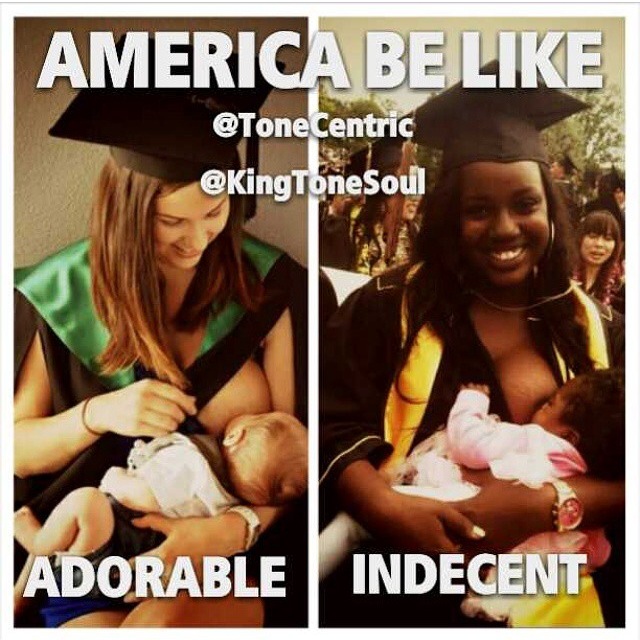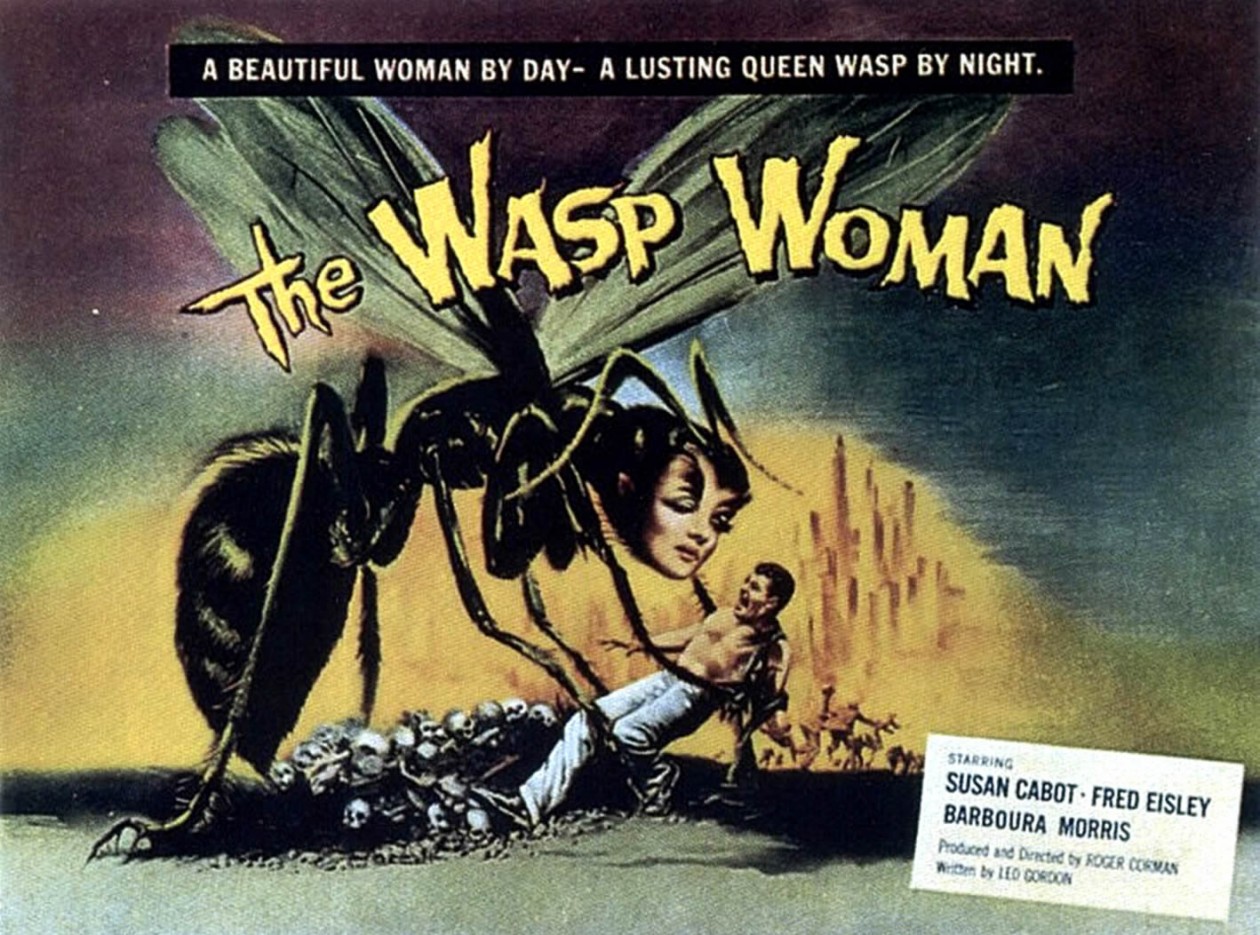
Hey guys. I’m sure some of you may have seen articles and posts floating around the internet about this issue, and I just wanted to bring it up for discussion. Here is a link about the situation if you don’t know about it. (it goes a little off tangent I from Crenshaw’s article but still remains relevant to the class)
http://www.dailylife.com.au/news-and-views/dl-opinion/a-tale-of-two-breastfeeding-pictures-20141107-11i9y2.html
Like in Crenshaw’s article that we discussed in class, many times colour of skin is the source behind reactions to the same situations in society. In this case, both a black female student and a white female student breastfeed their child during their graduation. Both receive positive and negative comments, yet the numbers of positive and negative vary greatly for each student. Apparently, the number of negative comments forced Karlesha to eventually delete the photo. On the other hand, other articles say Jacci has received lots of likes and support from other members of the internet, encouraging her to continue being a great mother.
I found it very interesting just in the way the issues are talked about. If you want to find articles about Karlesha, you should type the following into Google:
“Breast-feeding mom’s college graduation photo stirs controversy”
however, if you want articles about Jacci, you should type something along the lines of:
“This Adorable Photo of a Graduating University Student Breastfeeding Wins/Goes Viral”
or
“Internet Cheers for Photo of Mom Breastfeeding at Graduation”
The way the media portrays similar stories to women of different racial or ethnic background is very distinct. Many people argue that Jacci seems to be breastfeeding in a private studio, whereas Karlesha looks like she is sitting among the students during the actual ceremony, and so that justifies why Karlesha is receiving such negative feedback for her photo. Others complain about breastfeeding being a private thing, and that it should not be posted on the internet. But there is so much worse out there, I wonder if there is nothing else behind this opinion, after all, it’s possible for breastfeeding to look “adorable”.
